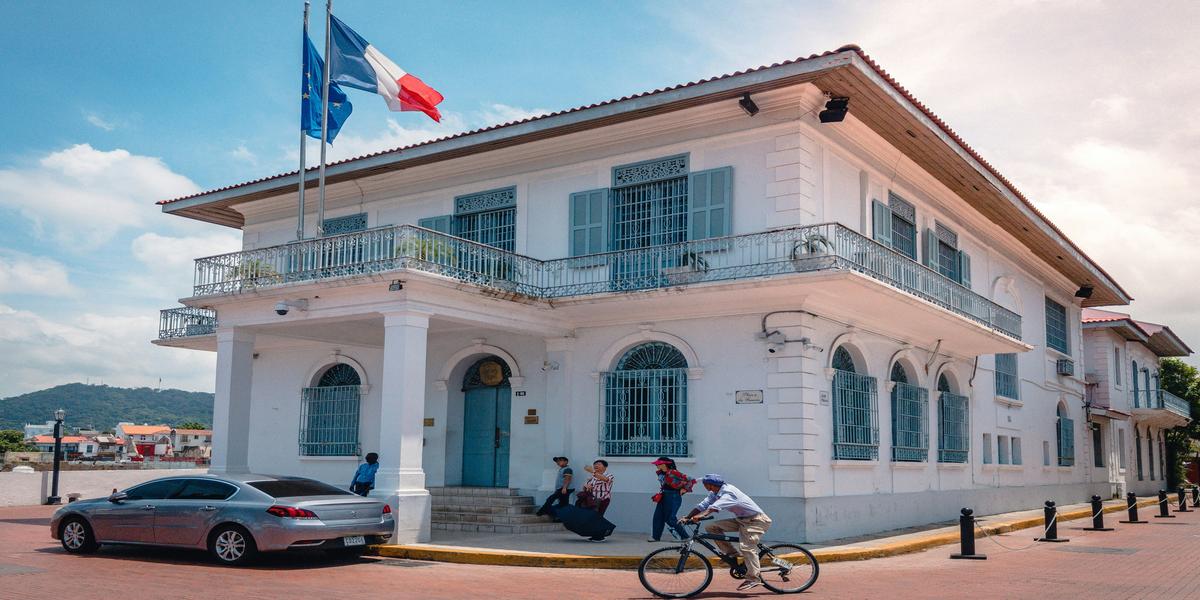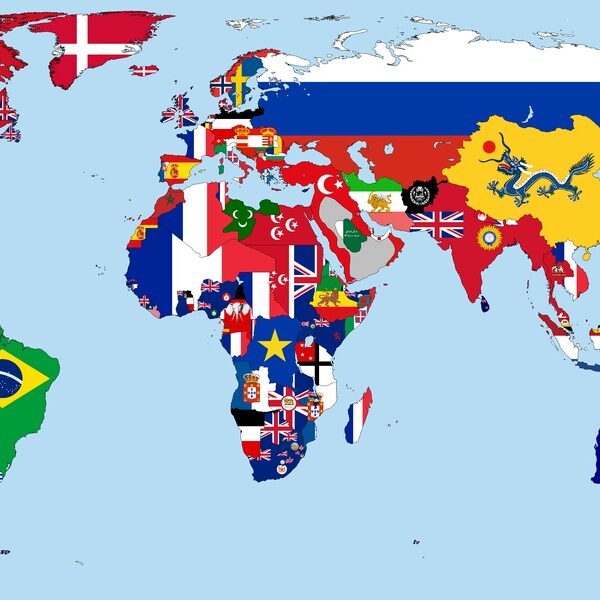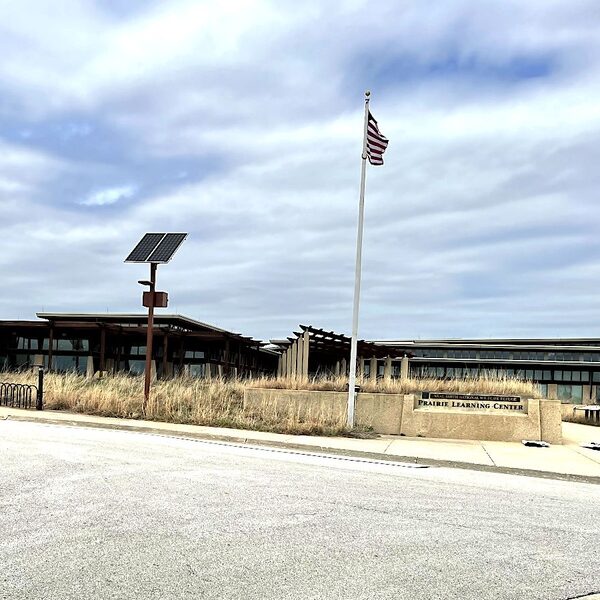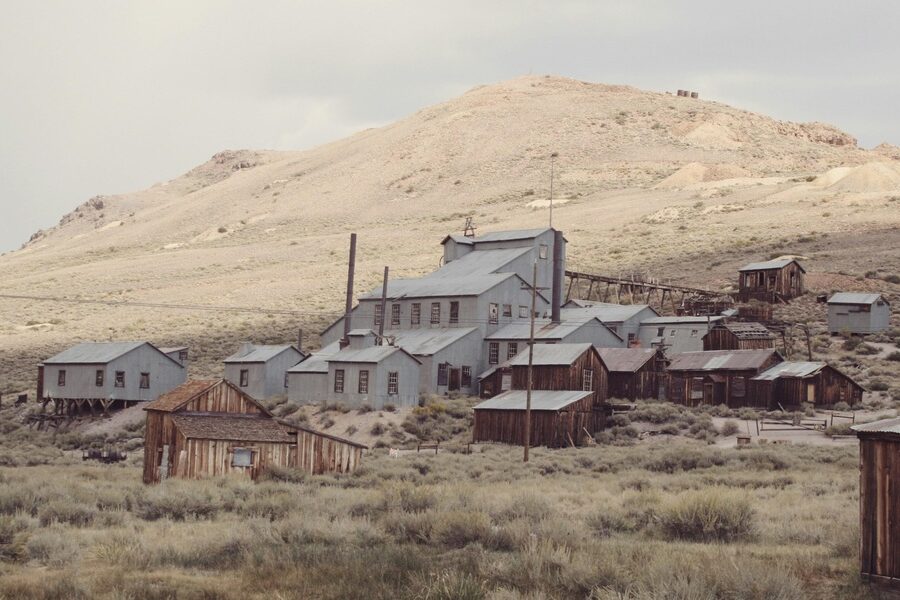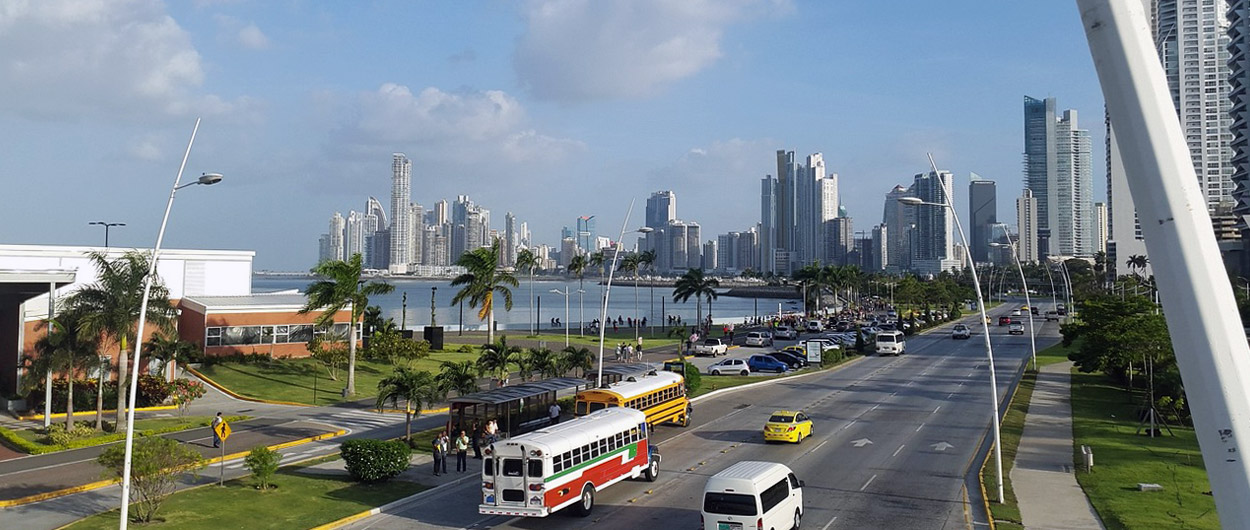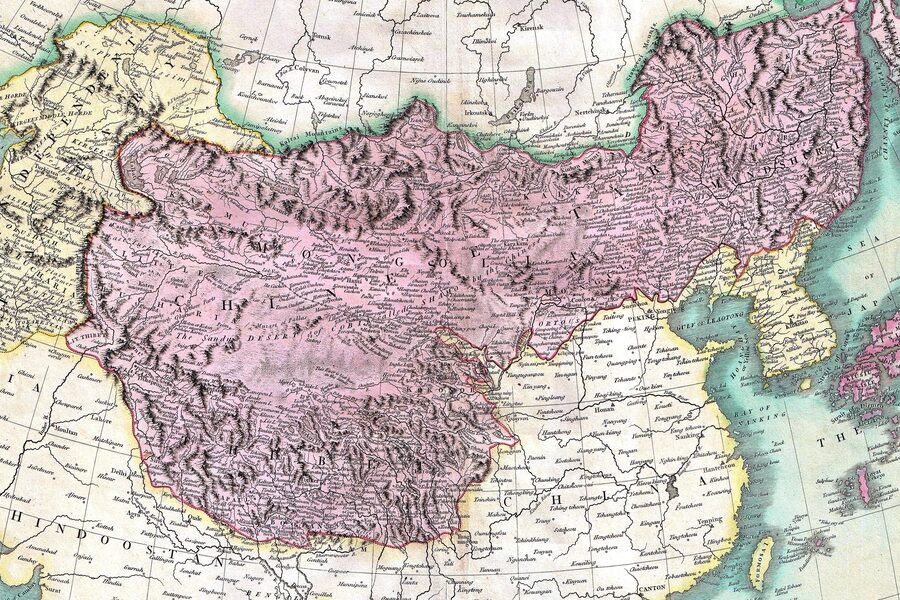Panama is home to 27 remarkable historical places that reveal its rich cultural heritage and diverse past. These sites range from ancient Pre-Columbian ruins to colonial forts and grand republican landmarks. Many of these places played key roles in Panama’s history as a crossroads of trade and empire, showcasing architecture and stories spanning centuries. This list highlights each site’s location, historical significance, and period of origin, helping you explore Panama’s unique heritage with ease.
Explore the detailed list below to discover Panama’s most important historical places and learn what makes each of them a must-visit for travelers, history enthusiasts, and students alike.
What Are the Most Important Historical Periods Represented in Panama’s Historical Places?
Panama’s historical sites primarily come from three periods: Pre-Columbian, Colonial, and Republican. Pre-Columbian sites, like Sitio Arqueológico El Caño and Sitio Barriles, showcase ancient indigenous cultures through archaeological remains and artifacts. Colonial-era places, such as Panamá Viejo, Casco Antiguo, and Portobelo Fortifications, reflect Spanish influence, with forts, churches, and old city ruins dating back to the 16th and 17th centuries. Republican landmarks, including the Panama Canal and Teatro Nacional de Panamá, highlight Panama’s growth as an independent nation in the 20th century. Together, these periods paint a complete picture of the country’s evolving identity.
What Should Visitors Know Before Exploring Historical Sites in Panama?
Visitors should prepare by understanding the location and historical importance of each site. Most places are found in Panama City, Colón, and surrounding regions, making them accessible for day trips. Many historic sites offer guided tours, visitor centers, and museums to enrich your experience. Pay attention to opening hours and any visitor guidelines to protect the sites’ preservation. Whether you are interested in ancient ruins, colonial architecture, or modern monuments, this list provides practical details to plan a meaningful and educational visit.
Historical Places in Panama
| Place Name | Location | Significance | Period/Origin |
|---|---|---|---|
| Panamá Viejo | Panama City | Ruins of the first Spanish city on the Pacific, founded in 1519. | Colonial |
| Casco Antiguo | Panama City | Historic colonial quarter, rebuilt after the original city was sacked by pirates. | Colonial |
| Fort San Lorenzo | Colón | UNESCO-listed Spanish fort that guarded the entrance to the Chagres River. | Colonial |
| Portobelo Fortifications | Colón | System of Spanish forts that protected the Caribbean end of the treasure trails. | Colonial |
| Panama Canal | Panama Canal Zone | Historic engineering marvel connecting the Atlantic and Pacific oceans since 1914. | Republican |
| Sitio Arqueológico El Caño | Coclé | Major Pre-Columbian ceremonial center and necropolis of the Coclé culture. | Pre-Columbian |
| Camino de Cruces | Panama City / Colón | Historic cobblestone trail used by the Spanish to transport treasure across the isthmus. | Colonial |
| Camino Real | Panama / Colón | The original 16th-century Spanish trail used for transporting gold and silver. | Colonial |
| Metropolitan Cathedral Basilica | Panama City | Iconic cathedral in Casco Antiguo, a centerpiece of the rebuilt colonial city. | Colonial |
| Church of San José (Golden Altar) | Panama City | Famous for its baroque altar of carved wood covered in gold leaf. | Colonial |
| Convento de Santo Domingo (Arco Chato) | Panama City | Ruins of a convent known for a flat arch that proved Panama’s stability. | Colonial |
| Real Aduana de Portobelo | Colón | The 17th-century Royal Customs House for storing Peruvian gold and silver. | Colonial |
| Panama Canal Administration Building | Ancón | Historic headquarters of the Panama Canal, noted for its architecture and murals. | Republican |
| La Villa de Los Santos | Los Santos | Site of the “First Cry for Independence” from Spain in 1821. | Colonial/Republican |
| Basílica Menor de Natá de los Caballeros | Coclé | One of the oldest churches still in use on the American continent. | Colonial |
| Sitio Barriles | Chiriquí | Archaeological site known for its unique statues and artifacts from an ancient culture. | Pre-Columbian |
| Panama Canal Railway | Colón to Panama City | The world’s first transcontinental railroad, vital to the California Gold Rush. | Republican |
| Plaza de Francia | Panama City | Monument dedicated to the French effort and workers who died building the canal. | Republican |
| Las Bóvedas | Panama City | A historic sea wall with dungeons, now a promenade with cultural significance. | Colonial |
| Santa María la Antigua del Darién | Darién | Site of the first permanent Spanish city on the mainland of the Americas. | Colonial |
| Teatro Nacional de Panamá | Panama City | Opulent national theater opened in 1908, a cultural landmark of the Republic. | Republican |
| Palacio de las Garzas | Panama City | The official residence of the President of Panama, a historic colonial building. | Colonial/Republican |
| Goethals Memorial | Ancón | Monument at the foot of the Administration Building honoring the Canal’s chief engineer. | Republican |
| Iglesia de Santo Domingo de Guzmán | Parita | A well-preserved colonial church known for its ornate Churrigueresque style altars. | Colonial |
| Amador Causeway | Panama City | Road built with rock excavated from the Canal, linking islands with historical fortifications. | Republican |
| Ancón Hill | Panama City | Historic hill where the Panamanian flag was first flown, a symbol of sovereignty. | Republican |
| Isla Taboga | Gulf of Panama | Historic island with one of the oldest churches in the Western Hemisphere. | Colonial |
Images and Details
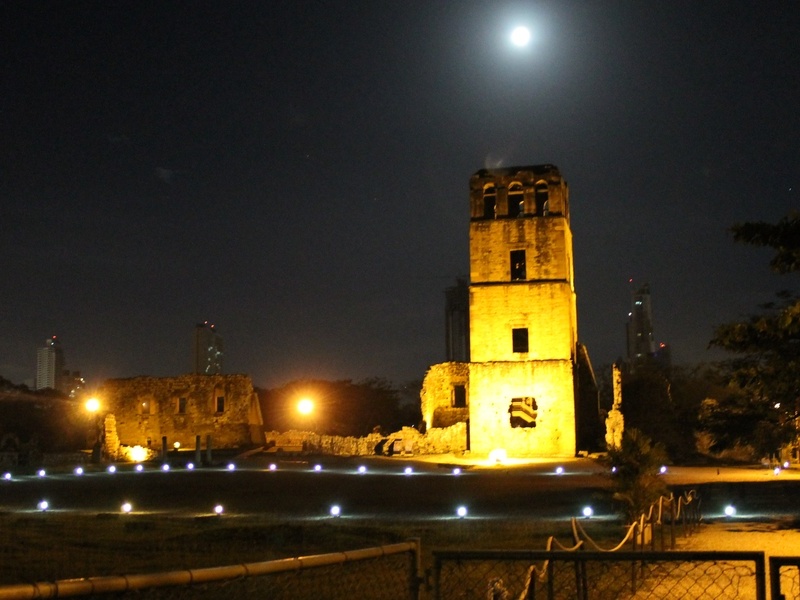
Panamá Viejo
Panamá Viejo is the original site of Panama City. It was founded in 1519 and served as a key Spanish colonial outpost for over 150 years. This historical place represents the beginnings of Panama City.
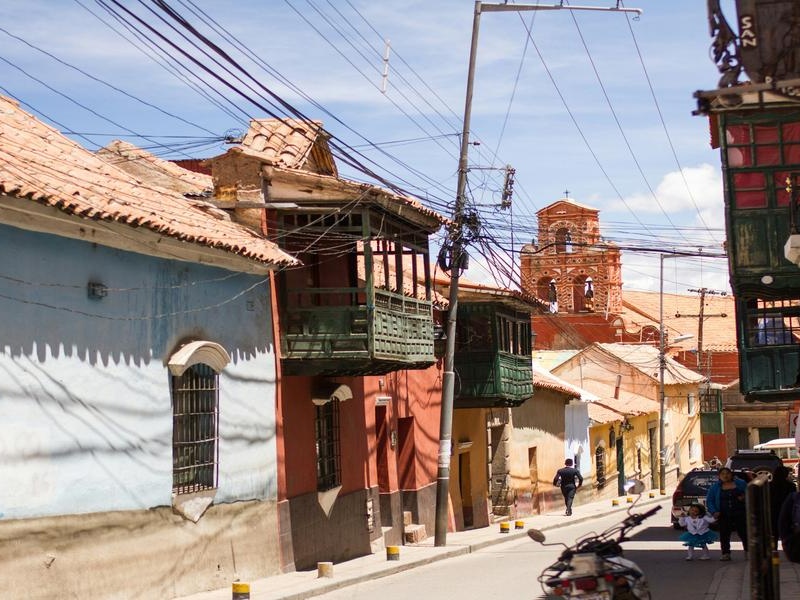
Casco Antiguo
Casco Antiguo, or the Old Quarter, is the revitalized historic district of Panama City. After Panamá Viejo was sacked, the city was moved to this more defensible peninsula in 1673. Its colonial architecture and narrow streets offer a glimpse into Panama’s past.
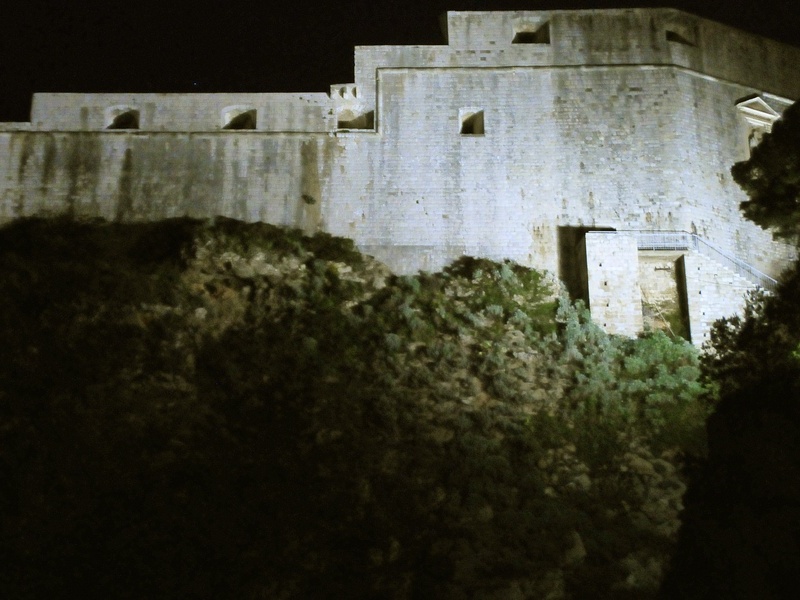
Fort San Lorenzo
Fort San Lorenzo stands at the mouth of the Chagres River. This 17th-century Spanish colonial fortification protected crucial trans-isthmian trade routes. It is an important historical landmark due to its strategic military significance.
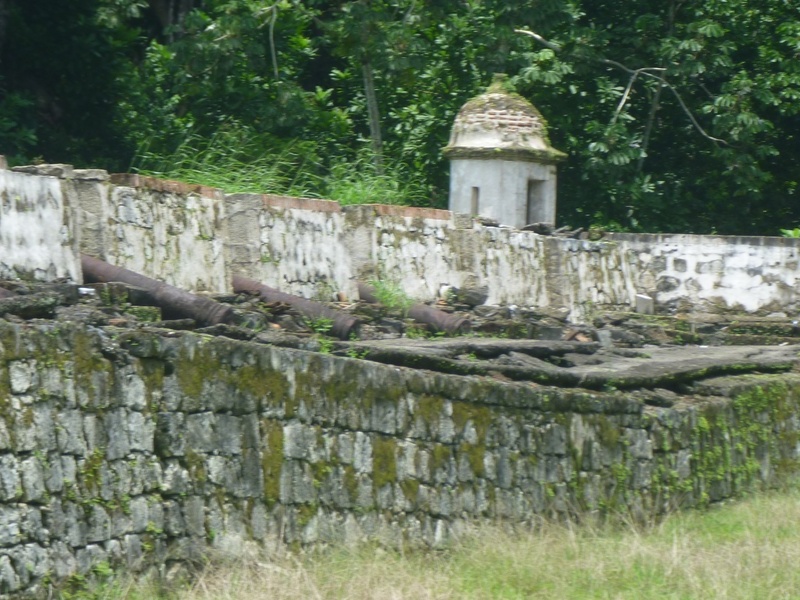
Portobelo Fortifications
The Fortifications on the Caribbean Side of Panama are a series of strongholds built to protect Portobelo Bay. This bay was a major silver and gold port during the Spanish colonial era. These historical structures highlight Panama’s role in global commerce.
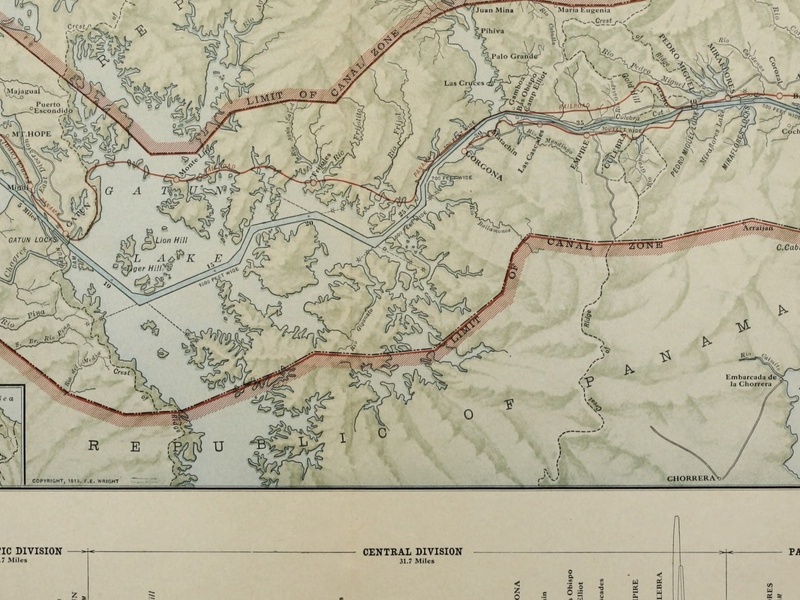
Panama Canal
The Panama Canal is a man-made waterway connecting the Atlantic and Pacific Oceans. Completed in 1914, it revolutionized international trade and naval travel. This monumental engineering feat dramatically shaped modern Panama’s history.
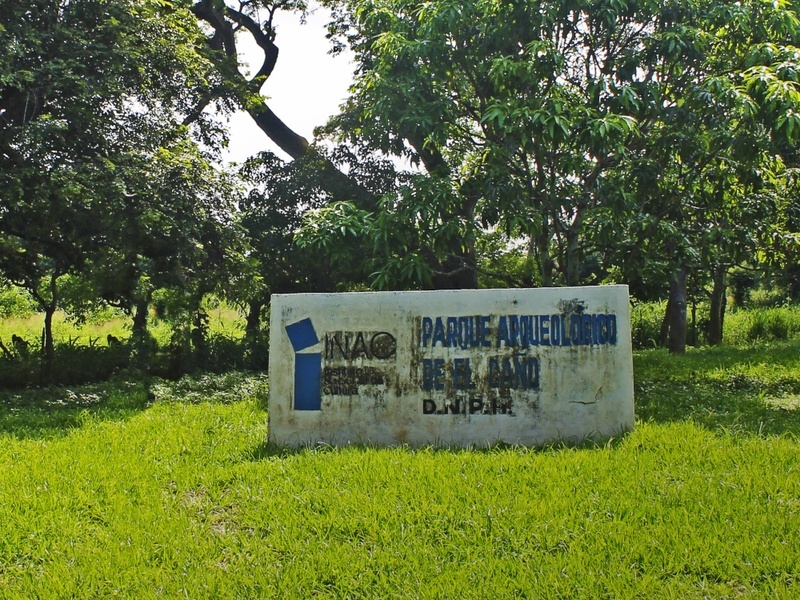
Sitio Arqueológico El Caño
Sitio Arqueológico El Caño is an ancient burial ground in Coclé Province. It reveals pre-Columbian chiefdoms that flourished in Panama. This site provides valuable insights into Panama’s indigenous past.

Camino de Cruces
Camino de Cruces was a vital colonial-era land route across the Isthmus. It connected Panama City with the Chagres River. This historical path was central to the movement of goods and people between the oceans.
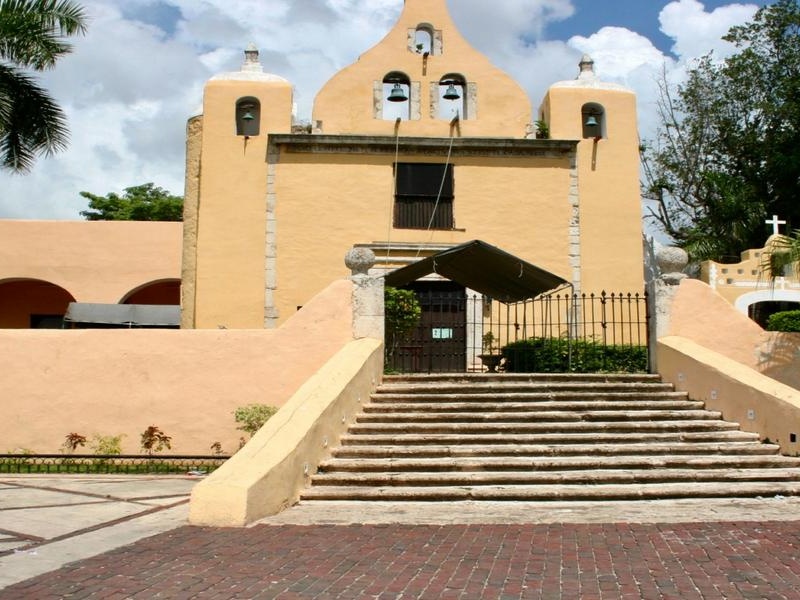
Camino Real
Camino Real, meaning ‘Royal Road,’ was the primary Spanish colonial trade route across the Isthmus of Panama. It connected Portobelo on the Caribbean coast with Panama Viejo on the Pacific side. This historical route was fundamental for the Spanish Empire.
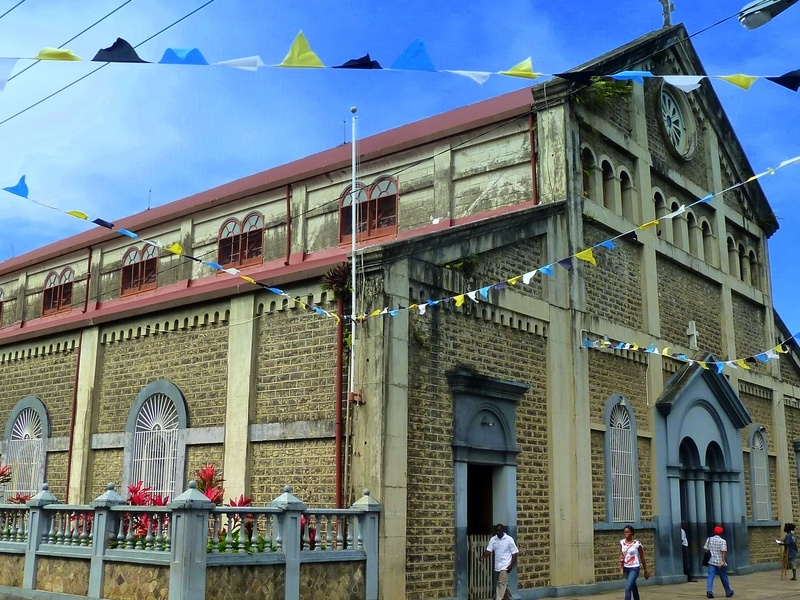
Metropolitan Cathedral Basilica
The Metropolitan Cathedral Basilica is a prominent religious building in Casco Antiguo. Its construction began in the late 17th century and finished in 1796. It serves as an architectural and spiritual landmark in Panama City.
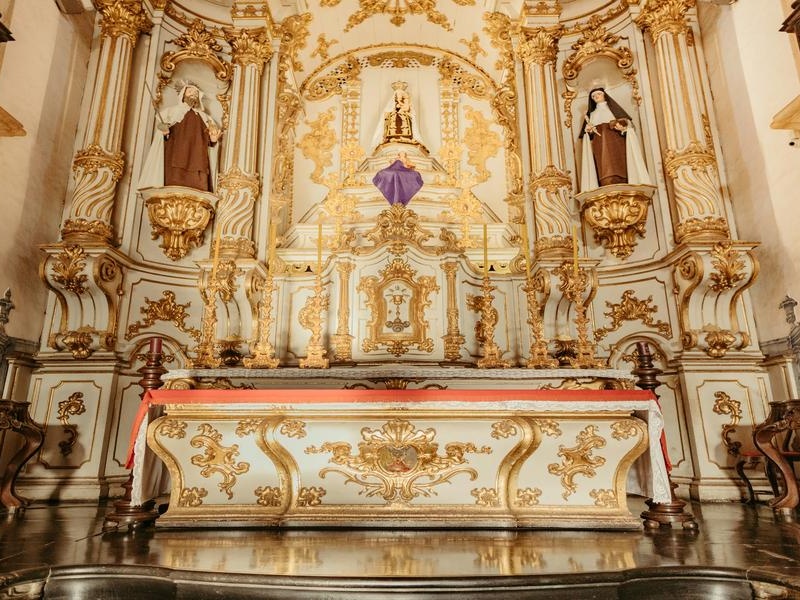
Church of San José (Golden Altar)
The Church of San José in Casco Antiguo is famous for its magnificent Golden Altar. Legend states the altar was saved from piracy at Panamá Viejo by being painted black. This church offers a fascinating blend of history and religious art.
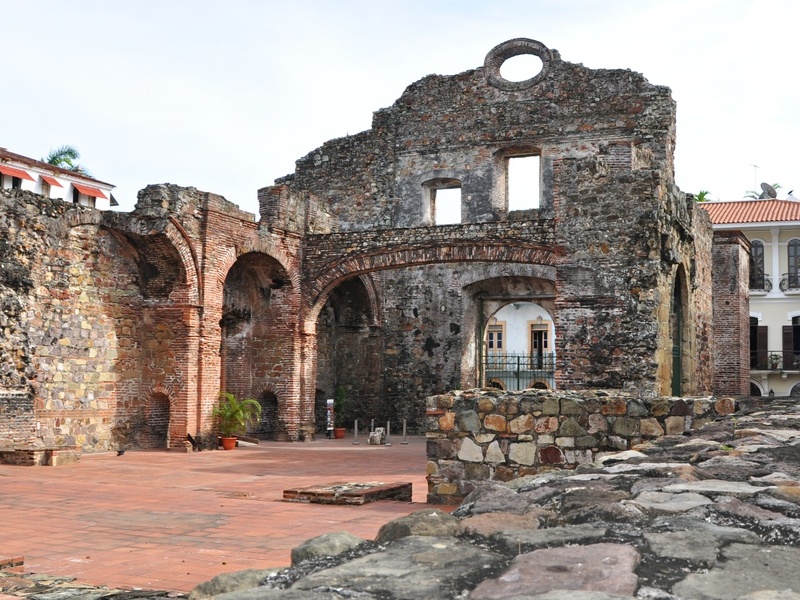
Convento de Santo Domingo (Arco Chato)
The Convento de Santo Domingo, located in Casco Antiguo, is known for its flat arch, or Arco Chato. This arch famously survived several earthquakes, proving the stability of its construction. It is a testament to colonial engineering.
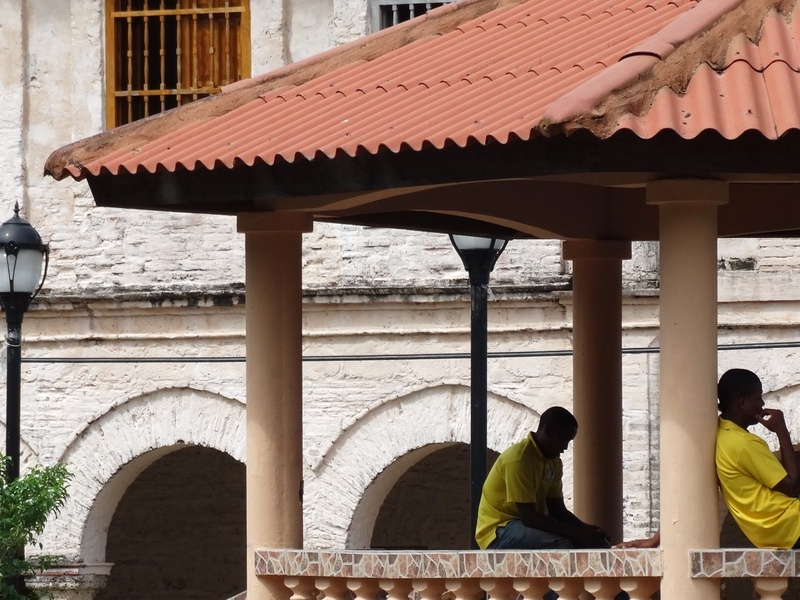
Real Aduana de Portobelo
The Real Aduana de Portobelo, or Royal Customs House, stands in Portobelo. This 17th-century building was where goods arriving from Spain and Peru were stored and taxed. It illustrates the economic importance of Portobelo.
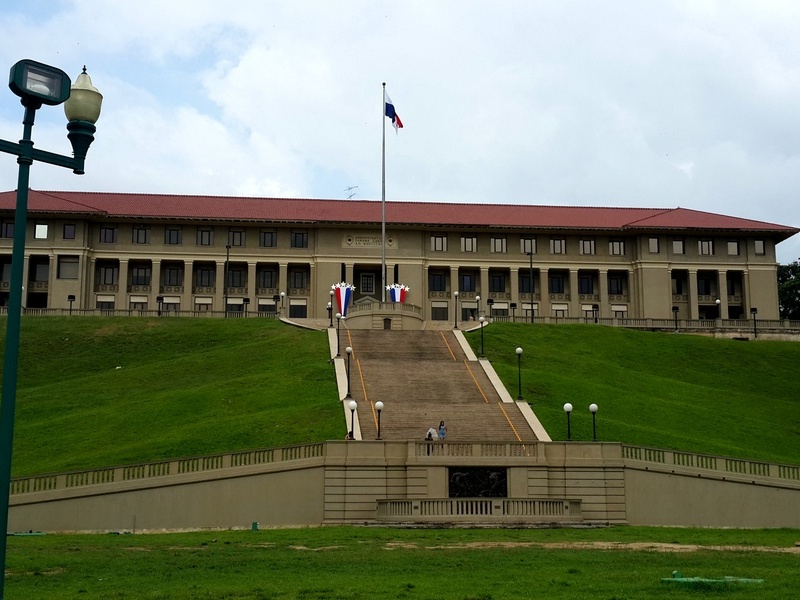
Panama Canal Administration Building
The Panama Canal Administration Building is an iconic structure overlooking the Panama Canal. Completed in 1914, it served as the headquarters for the Canal’s operations. This building symbolizes the administration and legacy of the Canal.
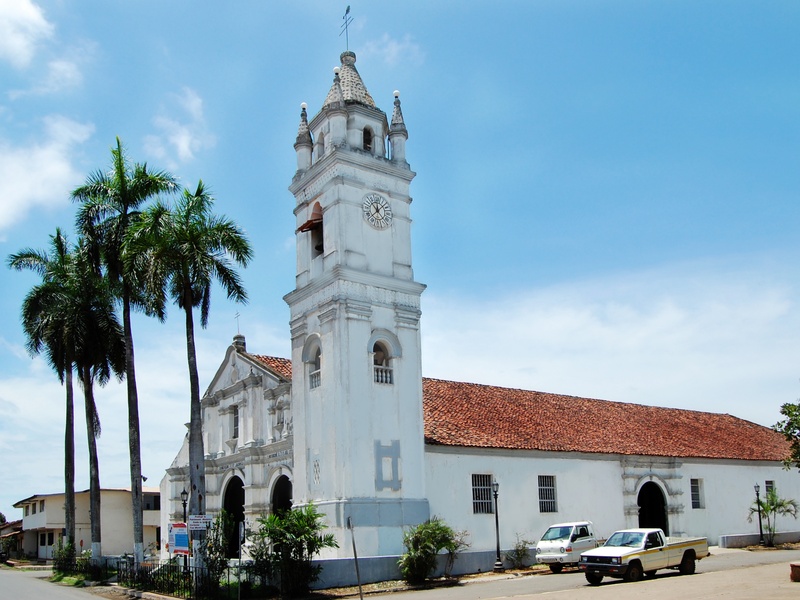
La Villa de Los Santos
La Villa de Los Santos is a historic town known for its strong preservation of Panamanian traditions. It played a significant role in Panama’s independence movement from Spain. This town offers a deep dive into Panama’s cultural heritage.

Basílica Menor de Natá de los Caballeros
The Basílica Menor de Natá de los Caballeros is one of the oldest churches in the Americas. Founded in 1522, its colonial architecture highlights early Spanish presence. This basilica is a prime example of Panama’s religious history.

Sitio Barriles
Sitio Barriles is an important archaeological site in Chiriquí Province. It contains unique stone statues and artifacts from a pre-Columbian civilization. This site provides valuable clues about Panama’s ancient inhabitants.
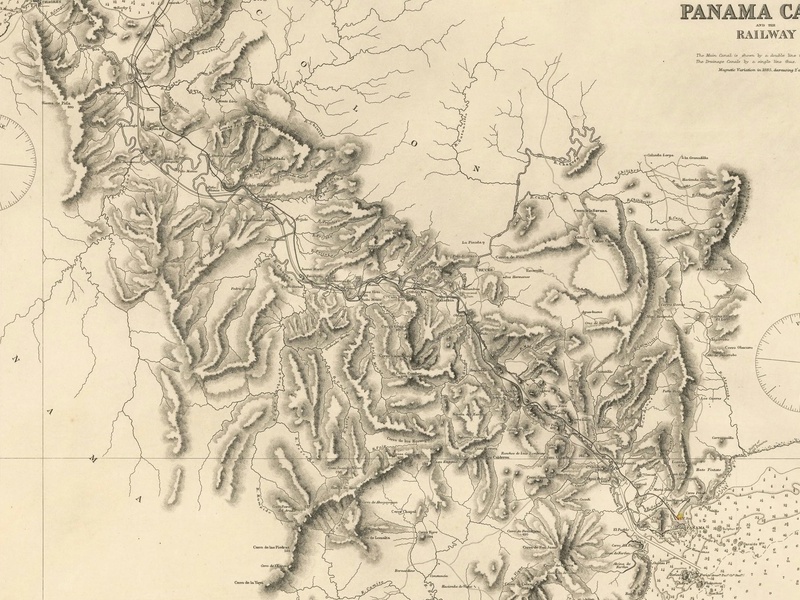
Panama Canal Railway
The Panama Canal Railway is the oldest transcontinental railroad. Completed in 1855, it transported people and goods across the Isthmus even before the Canal. It was a crucial precursor to the Canal’s construction.
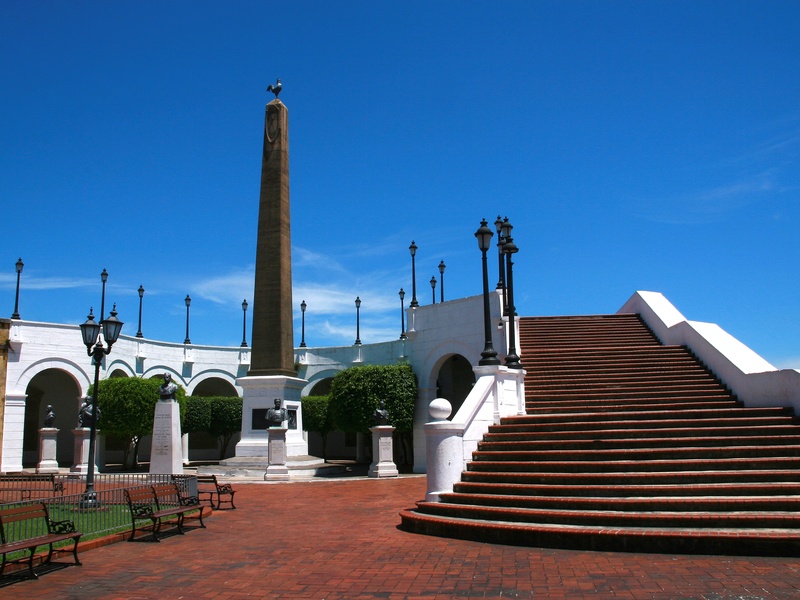
Plaza de Francia
Plaza de Francia, or French Plaza, is a monument in Casco Antiguo. It honors the French efforts to build the Panama Canal. This plaza commemorates a significant and challenging period in the Canal’s history.
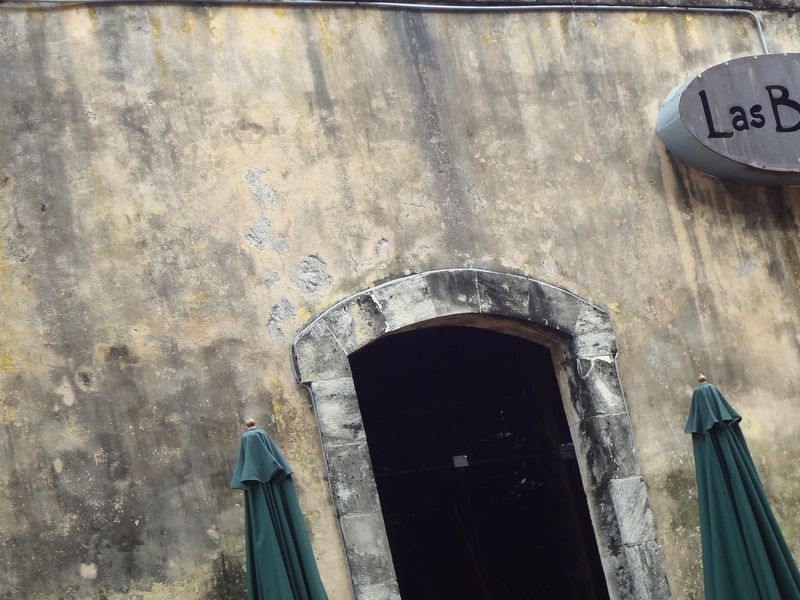
Las Bóvedas
Las Bóvedas are a series of dungeons and fortifications built along the waterfront in Casco Antiguo. They were part of Panama City’s defensive system. These structures offer a look into colonial military architecture.
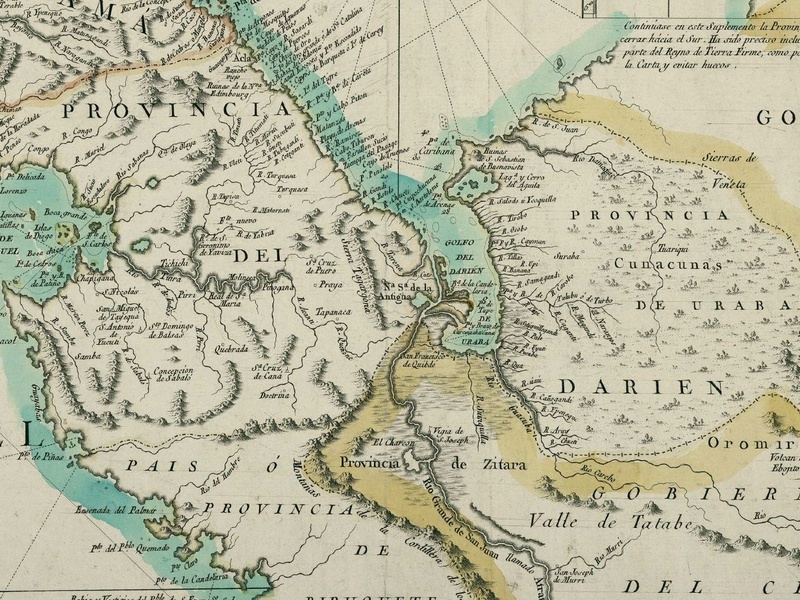
Santa María la Antigua del Darién
Santa María la Antigua del Darién was the first permanent European settlement on the American mainland. Founded in 1510, its discovery holds importance in the early history of Spanish America. It is a foundational historical site.
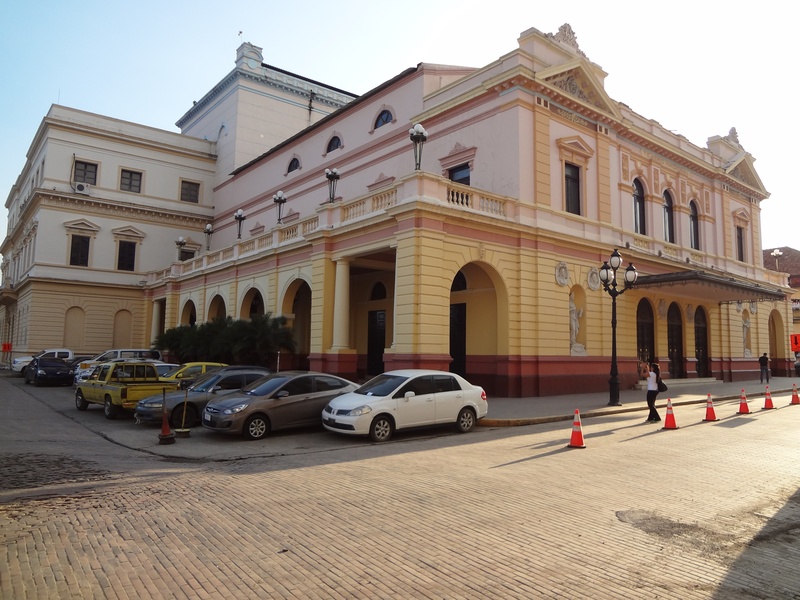
Teatro Nacional de Panamá
The Teatro Nacional de Panamá is a grand opera house in Casco Antiguo. Opened in 1908, it is a symbol of Panama’s cultural development in the early 20th century. Its architecture reflects historical artistic influences.
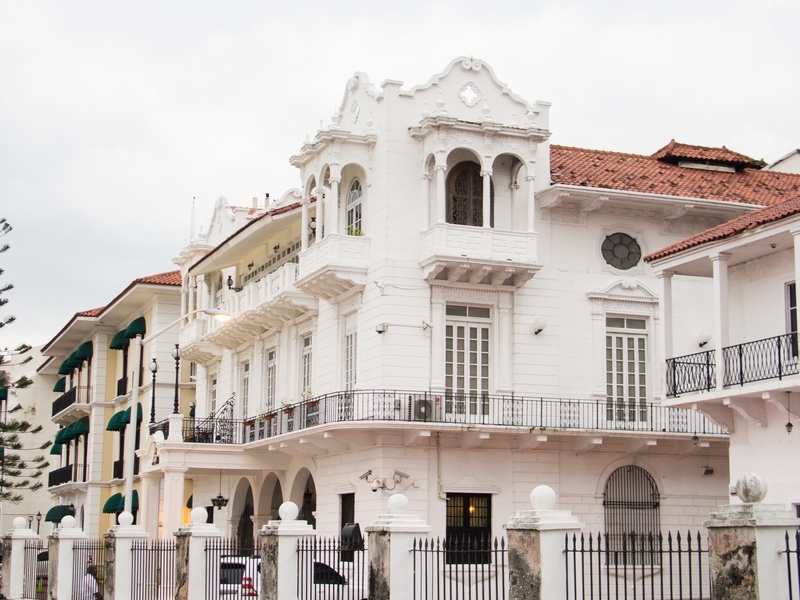
Palacio de las Garzas
The Palacio de las Garzas is the official residence and office of the President of Panama. Also located in Casco Antiguo, this building has historical significance as the center of political power. Its name comes from the resident herons.

Goethals Memorial
The Goethals Memorial is a statue in Balboa, near the Panama Canal Administration Building. It honors George W. Goethals, the chief engineer responsible for the Panama Canal’s construction. This monument recognizes a key figure in Panamanian history.
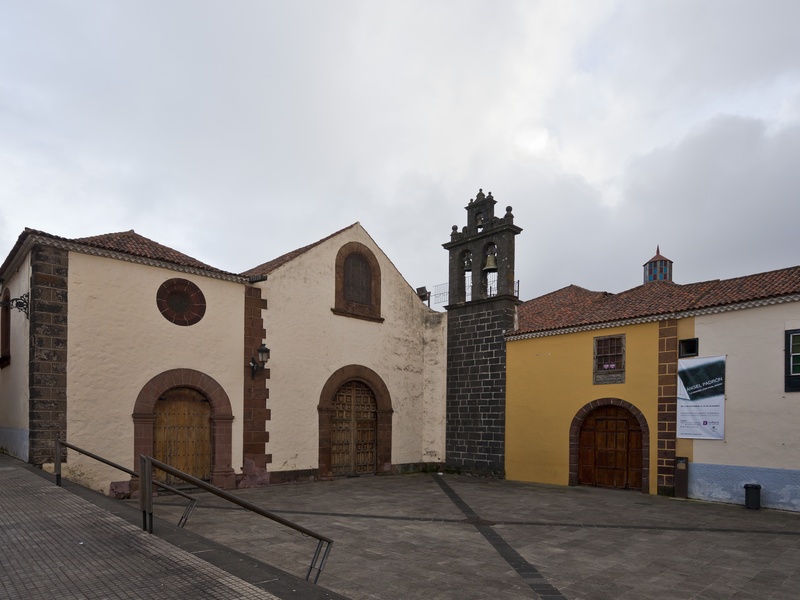
Iglesia de Santo Domingo de Guzmán
The Iglesia de Santo Domingo de Guzmán is a historic church in Natá de los Caballeros. Its colonial architecture showcases the early religious structures in Panama. This church adds to understanding the region’s historical depth.
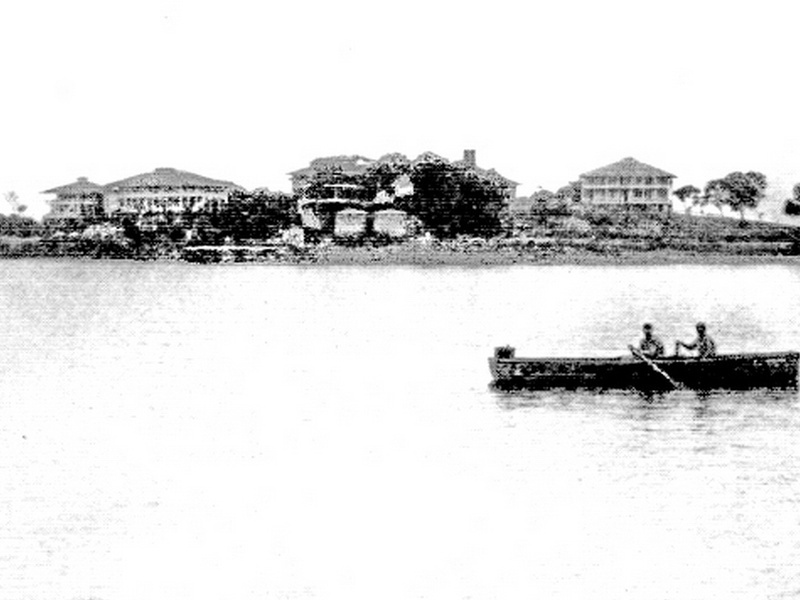
Amador Causeway
The Amador Causeway connects four small islands at the Pacific entrance of the Panama Canal. It was built using material excavated from the Canal. This causeway offers views of the city and the Canal, linking to its construction history.
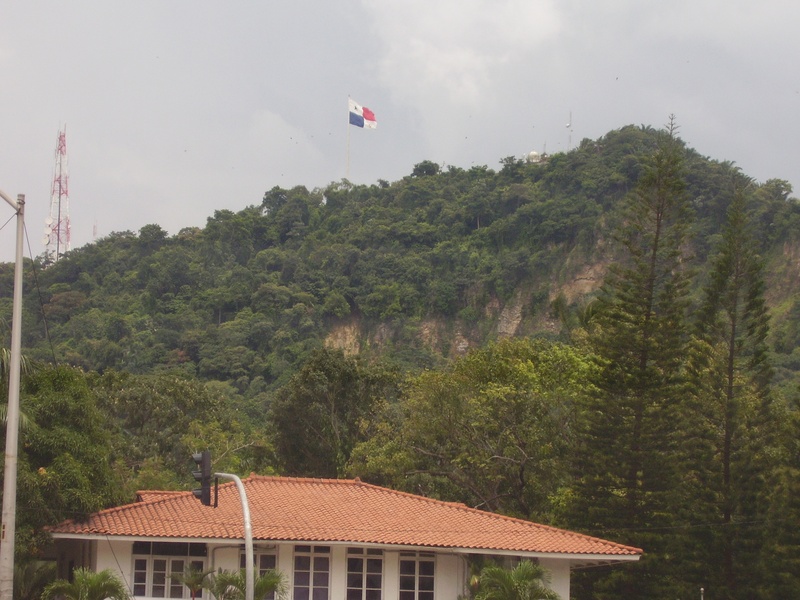
Ancón Hill
Ancón Hill is a prominent hill overlooking Panama City and the Panama Canal. It served as a strategic outpost during the Canal’s construction and operation. This hill provides a historical vantage point over key Panamanian landmarks.
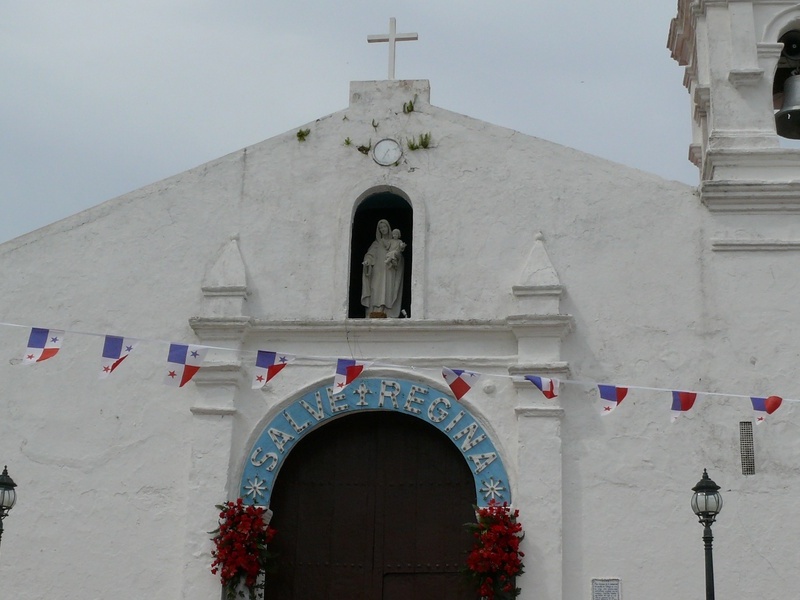
Isla Taboga
Isla Taboga, known as the ‘Island of Flowers,’ is a historic island off the coast of Panama City. It was a stopping point for pirates and explorers. This island offers a serene escape with significant historical connections.

